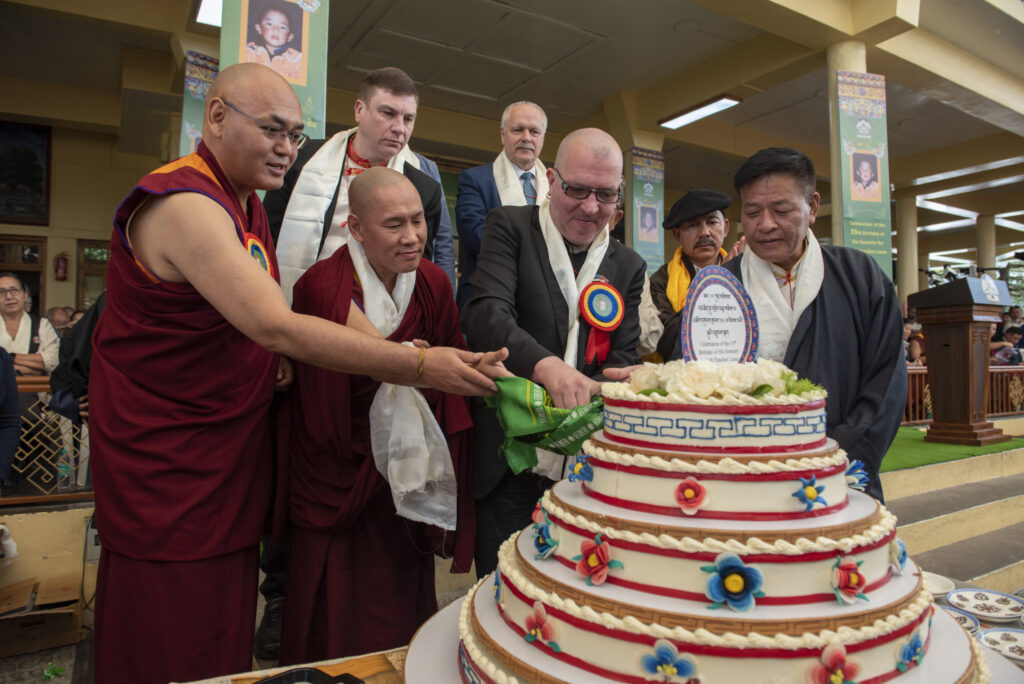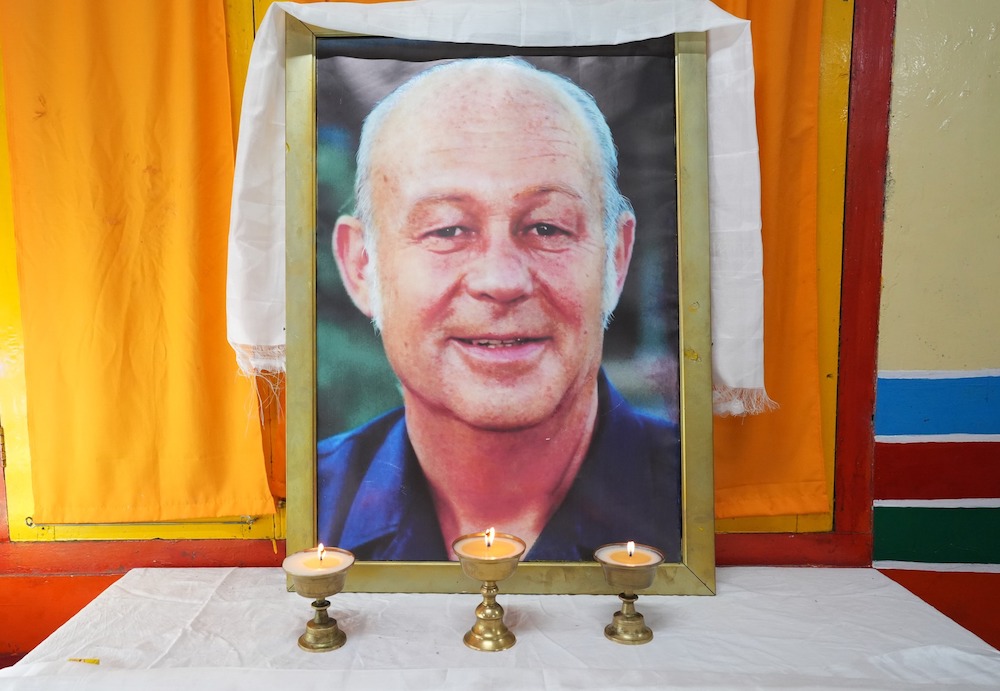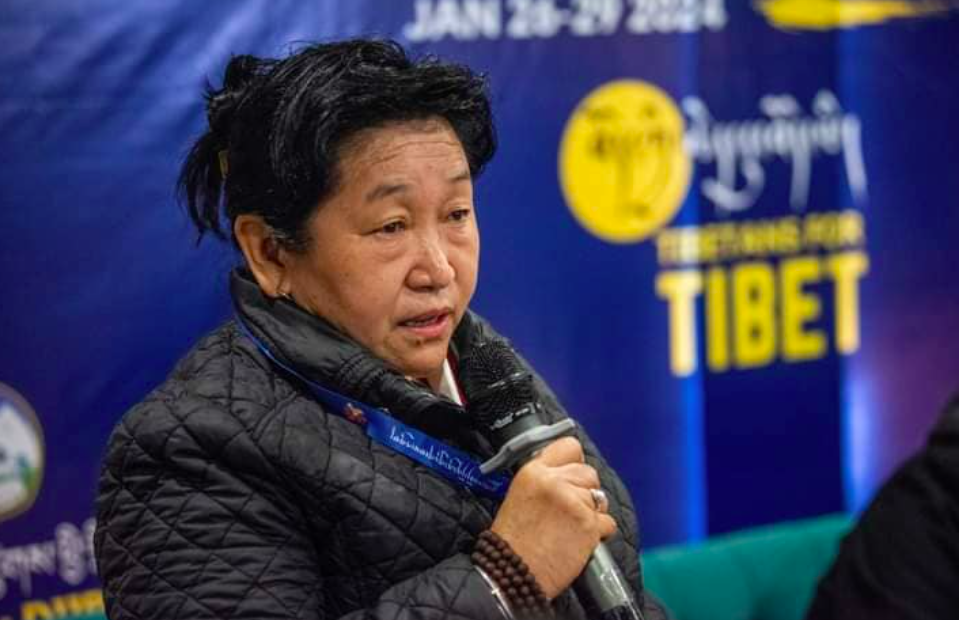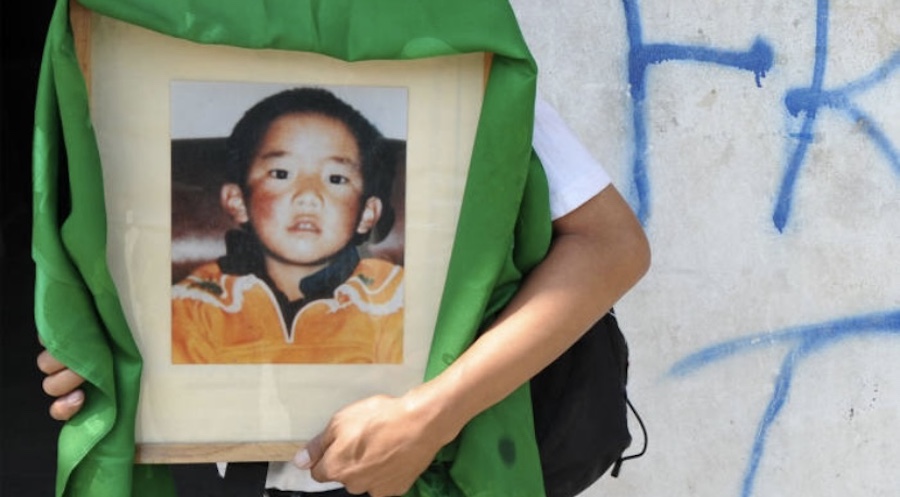Recent reports from the official statistical bureau in China estimate that the economy of the Tibet Autonomous Region (TAR) has outperformed all of the other western provinces of China in 2002. Yet these short-term statistical reports actually mask the reality of a particularly punitive decade on the economic livelihood of Tibetans. In 1992, Deng Xiaoping announced that to get rich was “glorious”. Coastal China re-embarked on a path of exhilarating growth. But in the rural areas of the TAR, where about 85 percent of the Tibetans in the province live, the cost of living increased faster than incomes. Despite exceedingly rapid national and provincial economic growth, the present purchasing power of rural incomes in the TAR is still less than it was in the early 1990s. Chinese government sources then estimated that more than one in five rural Tibetans were living in absolute poverty 1. In this context, claims by the authorities of “marked progress” in the standard of living and poverty reduction are misleading.
The recent reports issued by the official Chinese news agency Xinhua give an early glimpse into the results of the 2002 statistical surveys in the TAR. According to these reports, the ‘Regional Statistical Bureau’ estimates that the Gross Domestic Product 2 of the TAR increased by 12.4 percent in 2002. They also note that the average annual rural household income 3 calculated per individual rose 8.6 percent in that year to 1,525 Yuan (about £ 112 or US $ / EUR 185), up from 1,404 Yuan (about £ 103 or US $ / EUR 170) a year earlier.
Even taken at face value these growth estimates merely indicate a recovery from severe economic setbacks during the 1990s. While the overall economy of the TAR has been growing quickly, the dynamic parts of this economy are effectively concentrated in the urban areas or in the state-sector in which only a small minority of Tibetan households are involved. The growth rate of rural household incomes however, which includes most Tibetans, has not seen any real gain over the last decade. The standard of living of the average Tibetan cannot be represented by literal growth figures, but by actual purchasing power. Calculated in these terms, the official statistics reported by the Chinese government describe a dismal situation. In 2002 real rural incomes in the TAR were considerably less than in 1992.
The consumer price index of the rural areas, available from the official ‘Tibet Bureau of Statistics’, shows that the cost of living in rural TAR rose by 97 percent between 1992 and 2001. However, rural incomes rose by only 69 percent over the same period. Thus the actual purchasing power of rural incomes was 14 percent lower in 2001 than it was in 1992. Even assuming zero inflation in 2002, the rural income estimates for 2002 reported above would still be almost seven percent short of their 1992 level in terms of purchasing power. If the rural incomes continue to grow at a similar rate, the average standard of living of farmers and nomads will barely reach its 1992 level in the year 2003. The TAR was the only province in China to have experienced such a fall during the last decade of China’s exceptional growth.
The economic setbacks in the 1990s took place at two specific times. In 1994, the real value of rural incomes in the TAR fell by almost 16 percent. In 1997 it again fell by over 16 percent. The fall in 1994 was in part due to inflation of over 30 percent in the rural areas. The sharp fall in 1997 was probably related to severe weather conditions at the end of the year. These figures effectively map out the economic stagnation and depression faced by the majority of the Tibetans in the TAR during the mid-1990s. They also demonstrate the increasing susceptibility of the rural economy in the TAR to both economic and environmental shocks.
Given the dismal performance of the TAR rural areas, it is difficult to see how poverty rates could have been significantly reduced. In various reports, the Chinese authorities claim to have reduced the numbers living in absolute poverty in the TAR from 480,000 in the early 1990s to 70,000 in 2002. Given the actual value of rural incomes over this period, it appears that the calculation of the number of people living in poverty does not account for increases in the cost of living. Thus, the nomads and farmers who were once declared as living in absolute poverty appear to be statistically ‘richer’ because their incomes have increased. However they are likely to be as poor, if not more so than before, given that the basic costs of food and necessities have also risen, not to mention the rapidly increasing fees for education and health services.
Rather than outperforming other western provinces of the PRC, the income figures underpin a sharp fall in rural living standards in the TAR relative to the rest of China during the last decade. Until 1992, the official figures on rural household incomes in the TAR were equal to the national average and were higher than those of all the other western provinces. Between 1993 and 1997 they swiftly fell to the lowest in the country, even lower than those of Guizhou, which is usually considered to be the poorest province of China. They maintained this unenviable position up until 2001. The recent figures for 2002 would place the TAR only in competition with Guizhou and Shaanxi for the last place. All of the other western provinces had already reported rural incomes greater than 1,500 Yuan in 2001. Therefore, although Tibetan rural incomes were allegedly growing fast, they were also growing from the lowest level in the region.
Foot notes:
1 ‘Absolute poverty’ implies that a person does not have sufficient income to be able to consume around 2100 calories a day, which is considered the basic human minimum for survival.
2 Gross Domestic Product: Sum of all of the economic activity in the province, not including the foreign trade balance.
3 The specific term is ‘per capita net income of rural households’. ‘Per capita’ implies that the income of a household is divided by the number of people living in the household. ‘Net income’ implies that costs have been deducted from the gross revenue of the household. This is important, particularly in the TAR, as most rural income is derived from household production and not from wages.
Note:This News Update is the first in a series on the Tibetan economy.









